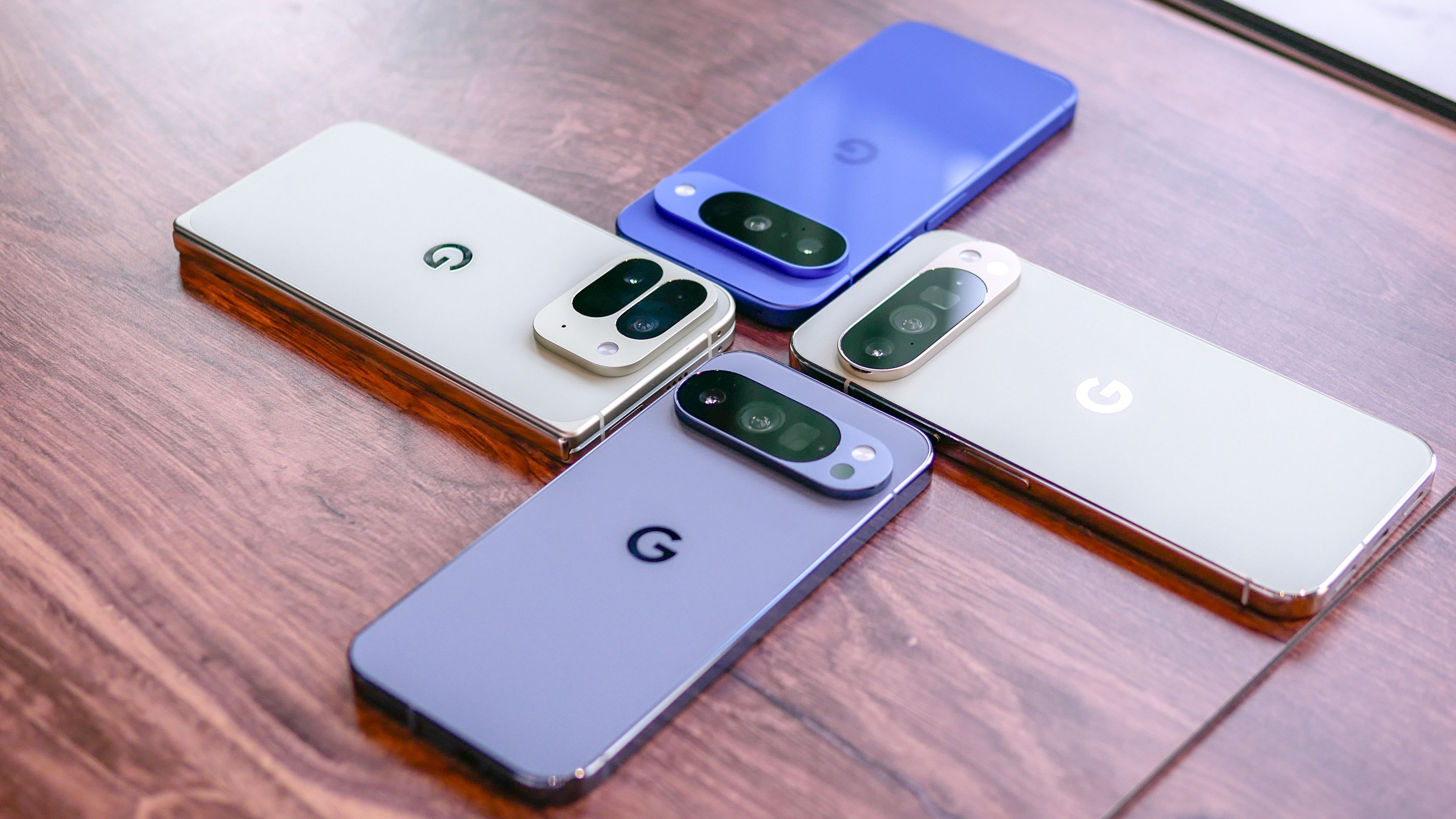Trick your brain and fall asleep quickly with the hack neuroscientists swear by
We ask the experts why cognitive shuffling is so effective for falling asleep fast
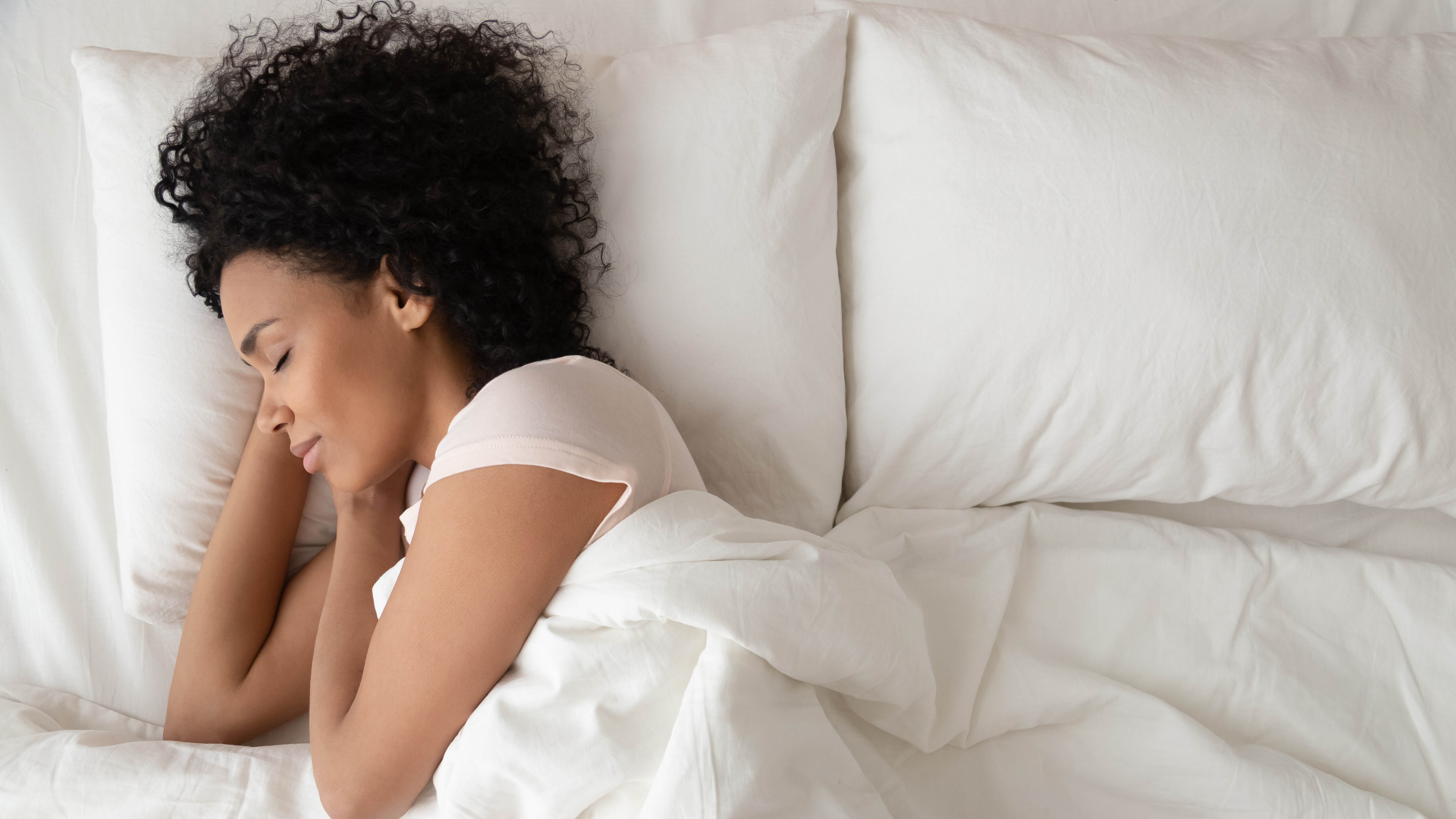
As the Sleep Features Editor for Tom’s Guide, I’ve seen (and tried) many sleep hacks and the one that’s still making the rounds is cognitive shuffling.
Whether it’s TikTok or Instagram, there’s always a neuroscientist or psychologist advising people to try this hack to fall asleep quickly. Why? Because it’s so easy and so effective.
We’ve asked the experts why this cognitive shuffling works so well and how you can try it for yourself. Plus, we'll look at some other techniques to help you speed up how long it takes to fall asleep (read more in our guide to sleep latency).
How does cognitive shuffling work?
Cognitive shuffling may sound complicated, but it’s one of the most simple tricks around for helping you to calm a racing mind and drift off to sleep.
"Cognitive shuffling works by deliberately “scrambling” your stream of thoughts so that you’re no longer focused on the worries or to-do lists that fuel insomnia," says Shebna N. Osanmoh, a board-certified psychiatric nurse practitioner.
Nighttime anxiety or increased stress are common issues that can make it difficult to fall asleep.
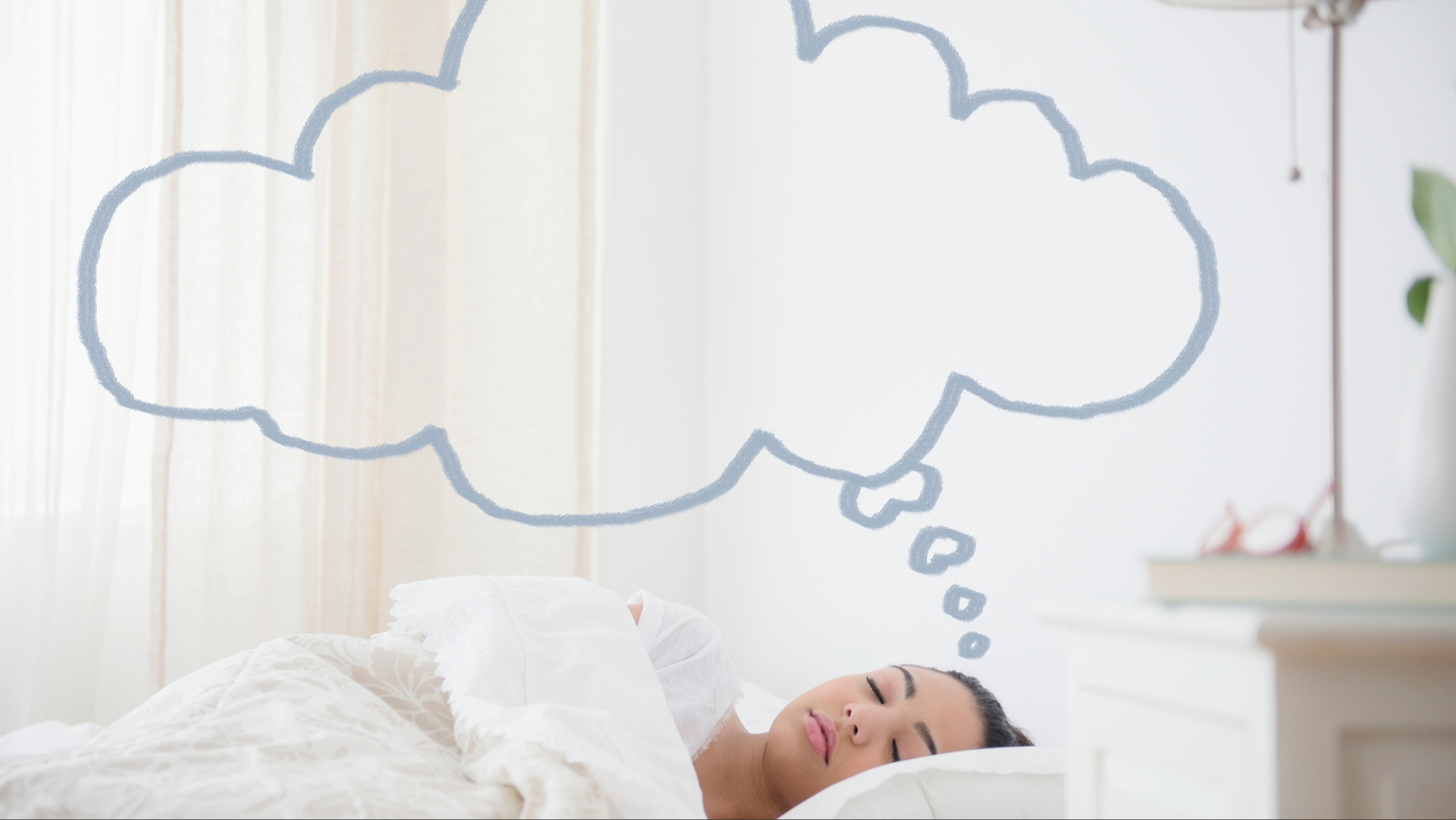
The average time it takes to fall asleep is usually anywhere between 10 and 20 minutes, but racing thoughts can drastically increase this time, cutting into your total sleep time.
Cognitive shuffling aims to combat this. “Instead of trying to clear your mind, you pick a neutral cue (for example, a word like “Piano”) and then every 5–10 seconds imagine an unrelated—concrete object or scene that begins with each letter of that word (“P” → piano keys, “I” → iceberg, “A” → apple orchard, “N” → newspaper, “O” → oasis).”
Get instant access to breaking news, the hottest reviews, great deals and helpful tips.
And it’s that simple! The images you visualize should be emotionally neutral and unrelated, so as not to cause any further worry or become too stimulating to fall asleep.
“It works because it is gently nudging your brain away from the alarming, emotionally charged memories that are keeping you awake into mundane, boring other words with no emotional, alarming qualities,” explains Dr. John Whitcombe, physician and published author.
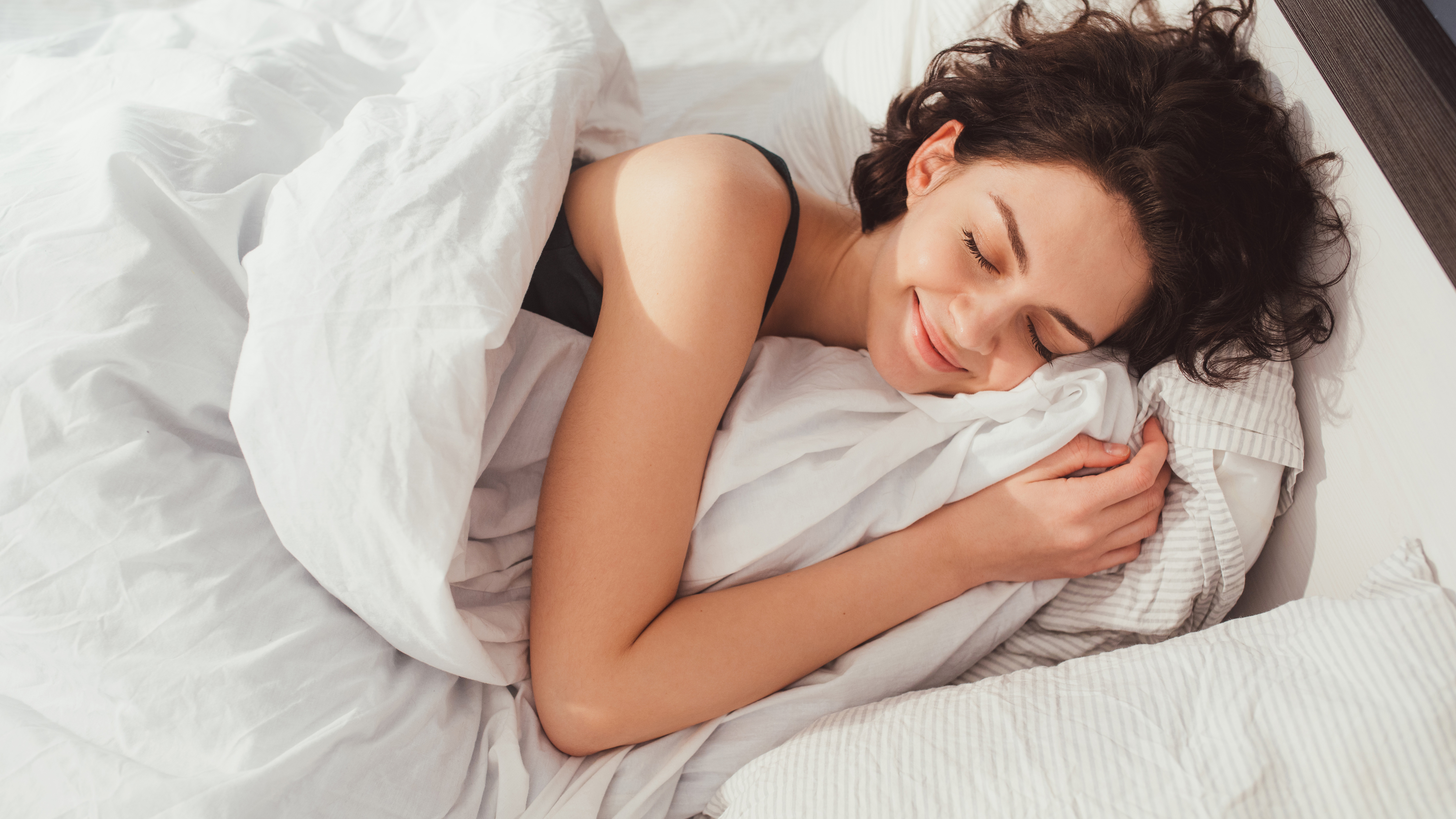
What happens to the brain when you try cognitive shuffling?
But how does this actually work? And why does it help us fall asleep?
“By shuffling through these unconnected mental images—known formally as Serial Diverse Imagining—you engage your working memory in a way that mimics the brain’s natural half-asleep mentation without triggering the limbic-driven loops of anxiety or rumination,” explains Osanmoh.
In simple terms, cognitive shuffling replicates that feeling right before you drift off to sleep, where your thoughts stop making sense and start going on odd and seemingly random tangents.
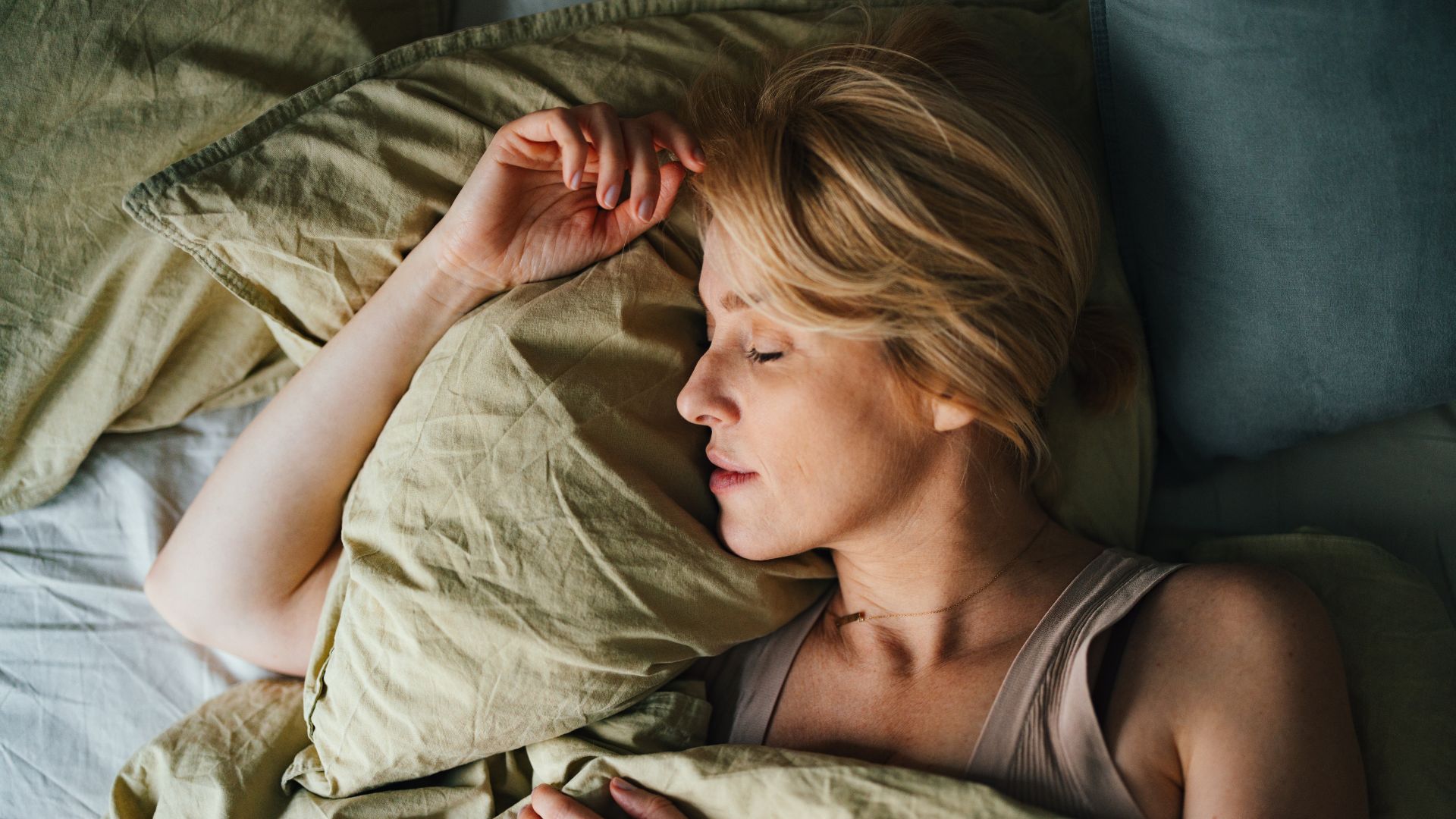
“Neurobiologically—when you practice cognitive shuffling—you’re shifting activity away from the brain regions responsible for repetitive worry,” Osanmoh adds.
Dr. Whitcombe describes this in simple terms: "Trying to figure out eight words that being with G takes just enough concentration to block out the crazy-making and not enough to get frustrated or upset."
Why is it so effective for falling asleep fast?
It may seem hard to believe that simply visualizing random objects and scenes can be so useful when you're trying to achieve quality sleep. However, I’ve tried it. 90% of the time I use cognitive shuffling, I fall asleep very quickly, often in under 10 minutes.
But Osanmoh says that “its effectiveness comes down to two key factors.”
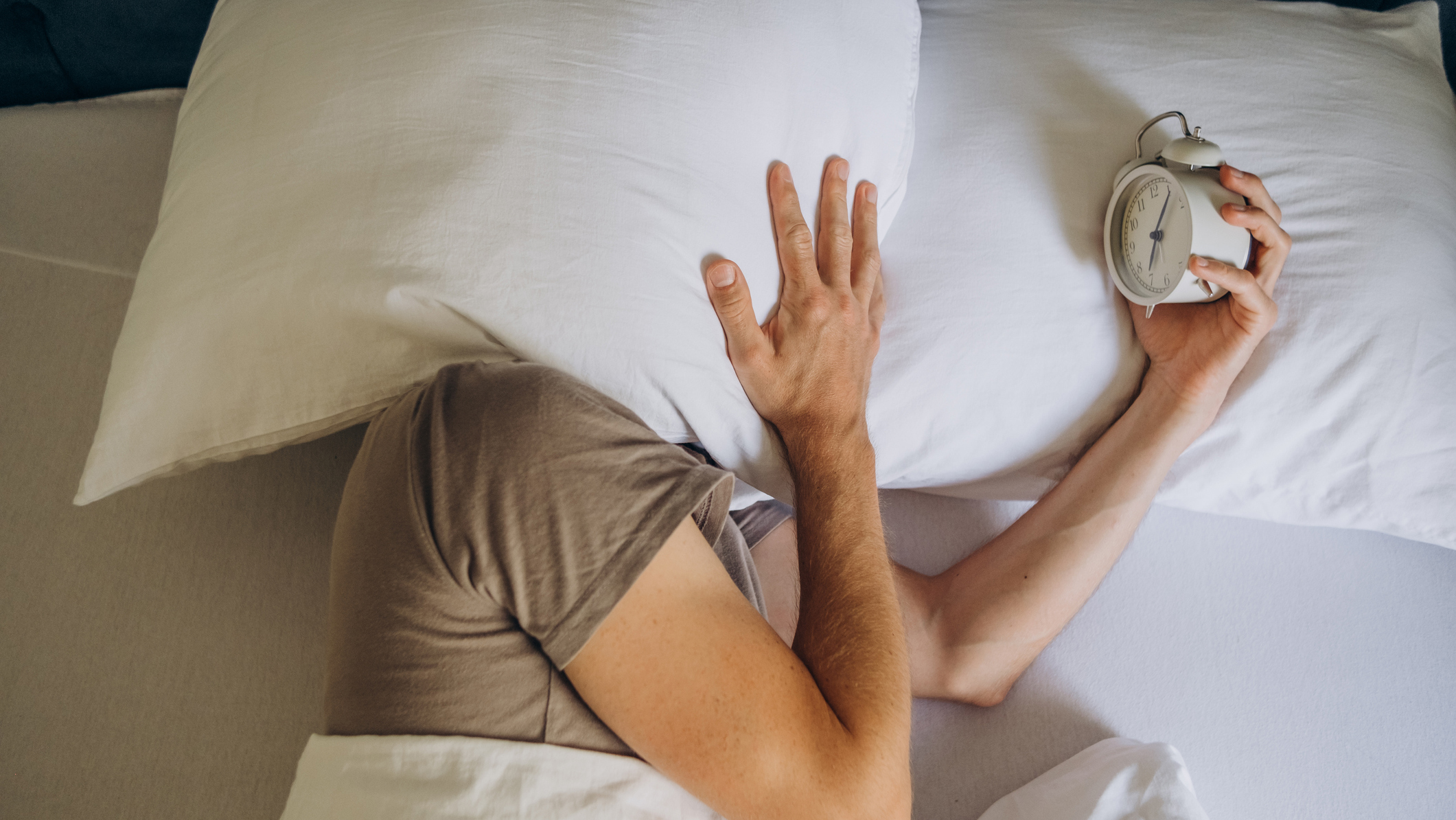
“First, by occupying your cognitive resources with random—non-emotional images—you can’t simultaneously ruminate on stressors or anxieties—so you fall asleep faster,” he explains.
“Second, because the imagery is neutral and brief—it gradually softens the boundary between wakefulness and sleep—inducing what Beaudoin calls ‘super-somnolent mentation.’”
This is why it’s important you focus on random, non-stimulating images. Many people have reported falling asleep in under five minutes when using this trick.
How to try cognitive shuffling
While it’s an easy method to try out, there are some ways you can make your practise more effective. Osanmoh suggests the following:
- Keep images neutral: “Avoid emotionally charged or complex scenes—this is about bland distraction.”
- Keep it simple: “Choose everyday—easily visualized objects (e.g., “book,” “cloud,” “lantern”)”
- Keep it quick: “Spend just a few seconds on each image before moving on; lingering too long invites rumination.”
- Optimize your environment: “Dim lights, cool temperature and minimal noise amplify the technique’s impact.”
- Practice: “Like any new skill—it may feel awkward at first. With nightly practice—it becomes second nature.”
Does cognitive shuffling help insomnia?
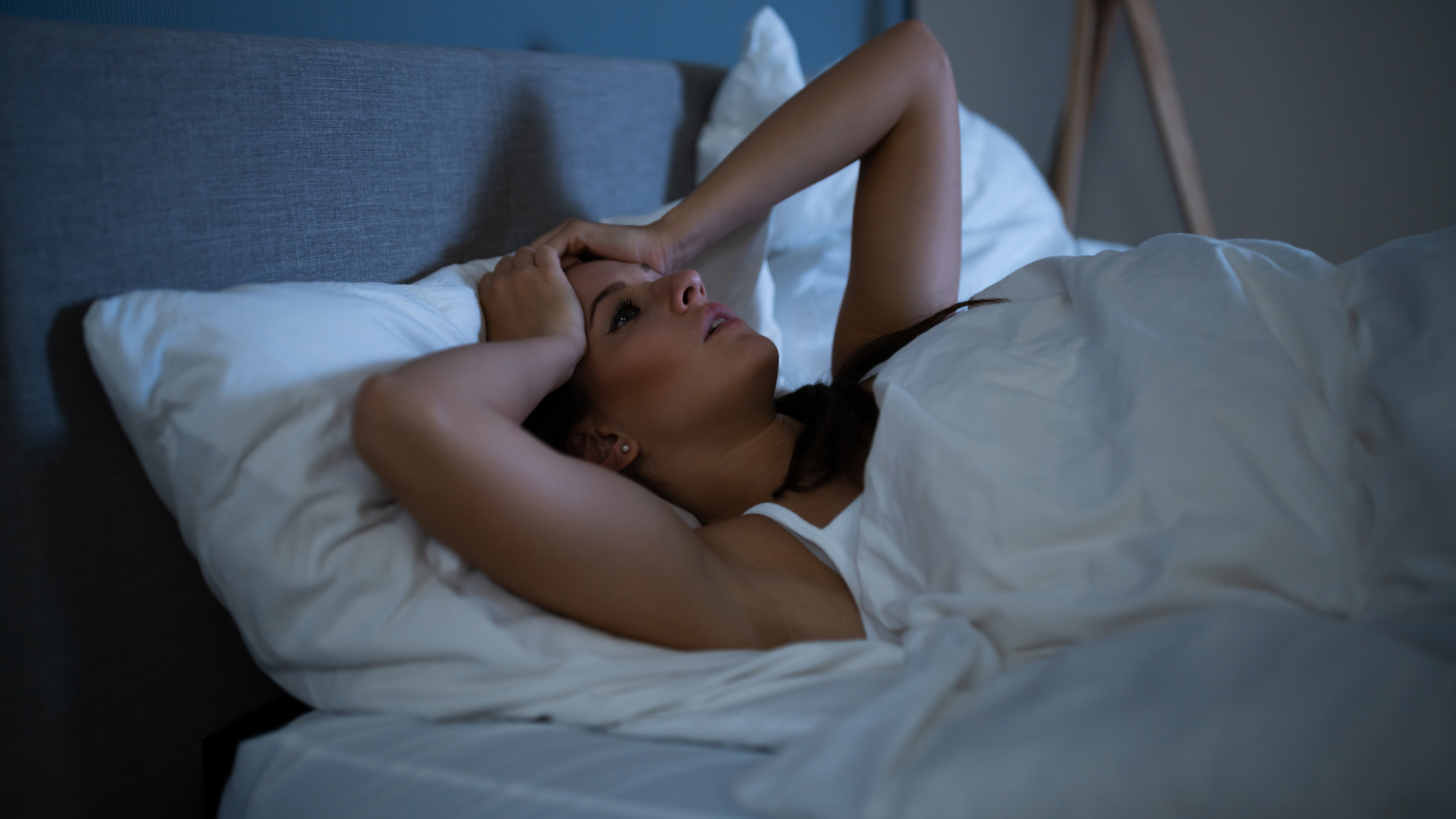
While this method can be helpful for those whose worries seem to increase at night, it’s not necessarily a solution for insomnia.
“In my experience, those that find this technique helpful are generally those with few sleep problems anyway,” says Dr Jessica Mears, clinical psychologist, board certified in behavioral sleep medicine at Rhythm Wellness.
“People with chronic sleep problems like insomnia rarely find this helpful. This is because it doesn't do much to eliminate the causes of insomnia.”
In fact, she says cognitive shuffling “can sometimes also lead someone to spend excess time in bed trying to sleep, which tends to have the opposite effect, in that it actually perpetuates insomnia.”
Other techniques to fall asleep quickly
Sleep methods are not a one size fits all approach, like Dr Mears says. If cognitive shuffling isn’t for you, here’s some other techniques that can help you fall asleep quickly.
Improve your sleep hygiene
If you’re struggling to fall asleep at night, the first thing to do is to try and address the underlying issues.
Sleep hygiene refers to the habits we have during the day and night that can impact our sleep quality, as well as our environment.
Start by assessing your lifestyle and trying to identify any habits that might disrupt your sleep. This can include your diet, exercise and schedule.
For example, late-night sugary snacks, working in your bedroom and not getting enough daylight can lead to poor sleep.
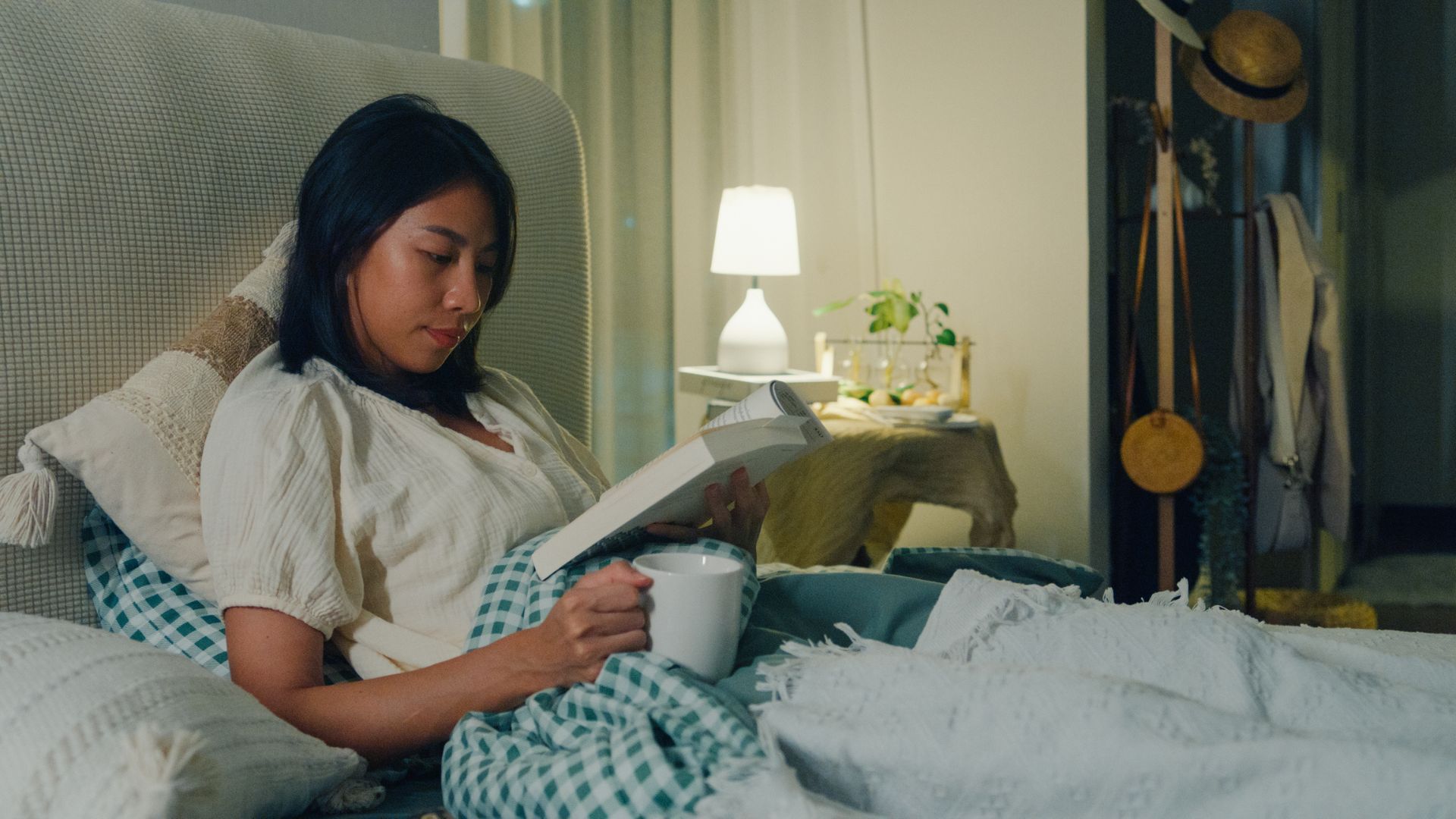
Breathing exercises
If you’re lying awake at night with a racing mind, it’s likely you're in ‘fight or flight’ mode. In other words, your sympathetic nervous system is activated.
To activate your parasympathetic nervous system, the state associated with resting, you can try breathing exercises.
These include the 4-7-8 breathing method, belly breathing and box breathing. All of these are designed to slow your heart rate and relax both your body and your mind.
Often, they are accompanied by visualization techniques like the Military Sleep Method as well as sleep meditations.
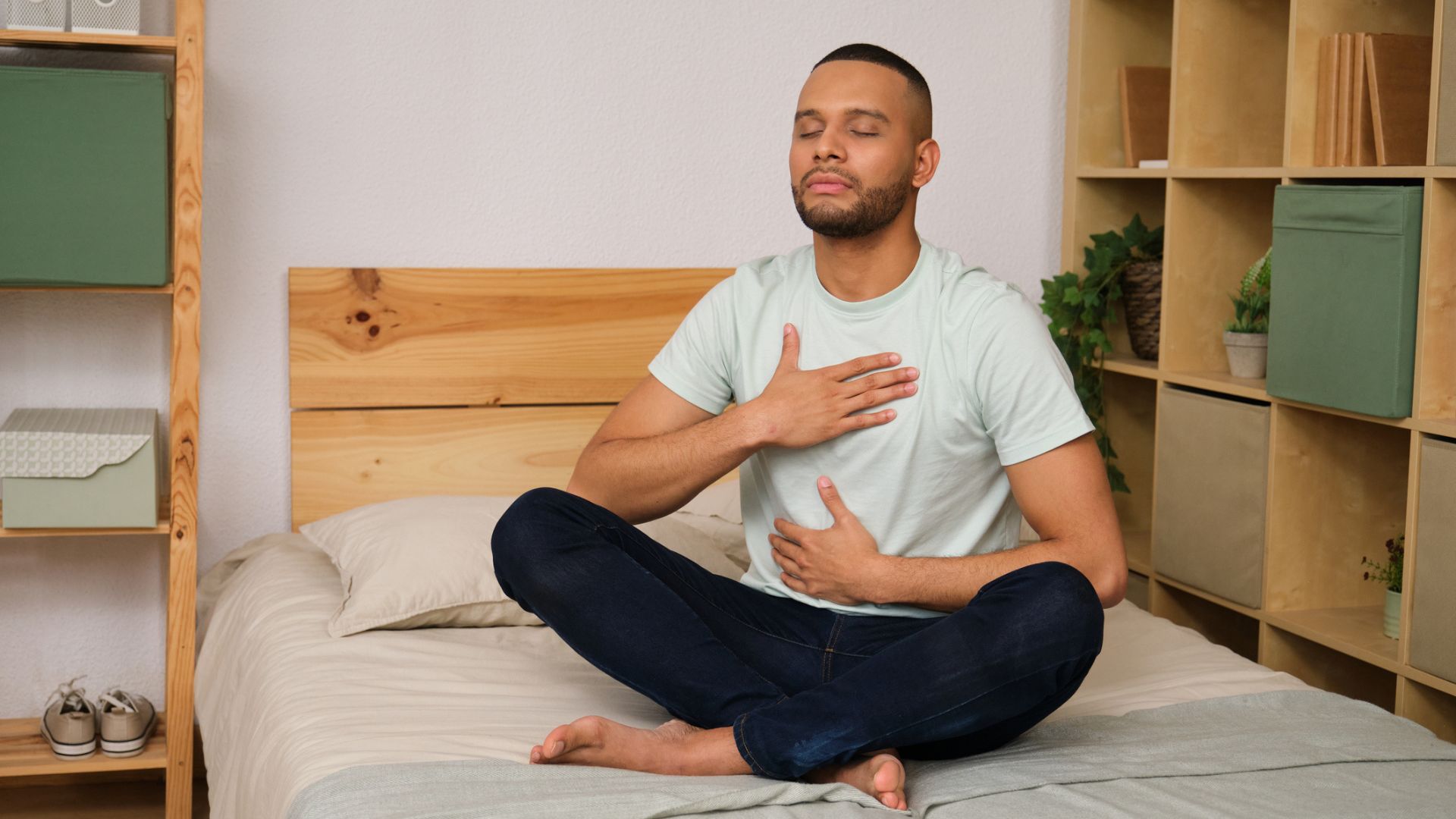
Perfect your sleep environment
Whether it’s noisy neighbors and bright street lights or a lumpy mattress causing you to toss and turn, your sleeping environment plays an essential role in your ability to fall asleep quickly.
Ensuring you’re sleeping on the best mattress for your body and sleep style will help you become comfortable enough to fall asleep and sleep through the night. Similarly, the best pillow will keep you supported.
Alongside this, blocking out ambient noise and light is a key step. For me, living in a city centre, earplugs are essential for quality sleep.
Investing in ear plugs can muffle external sounds enough to stop them from disrupting the process of falling asleep. Opting for black-out blinds can also be helpful if you’re in an area with lots of light pollution.
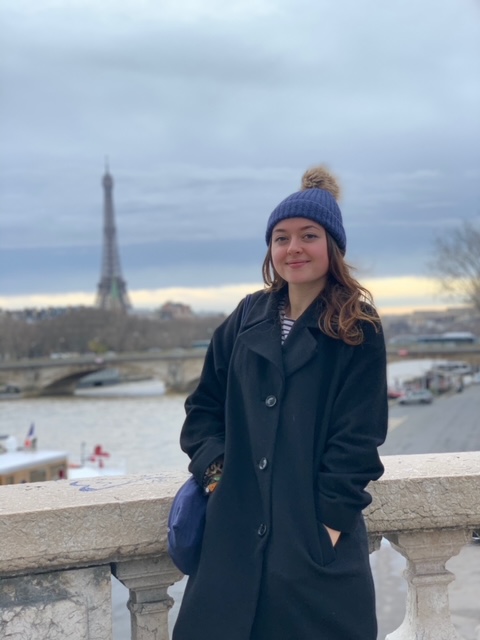
Lauren is an experienced writer and editor in the health and lifestyle industry and has led many campaigns and projects that deliver news, advice, and research on all things sleep. As the Sleep Features Editor for Tom’s Guide, Lauren writes, commissions and edits sleep and mattress content, from in-depth how-tos in sleep and mattress health to interviews with doctors and neuroscientists on the latest news in sleep. Lauren regularly tests new sleep tech and accessories to evaluate their effectiveness for getting good quality sleep and easing specific sleep struggles like nighttime anxiety. Alongside this, Lauren reports on the best mattress brands out there, like Helix, Saatva, and DreamCloud, helping readers find the right mattress for them and the best deals on them.
You must confirm your public display name before commenting
Please logout and then login again, you will then be prompted to enter your display name.
